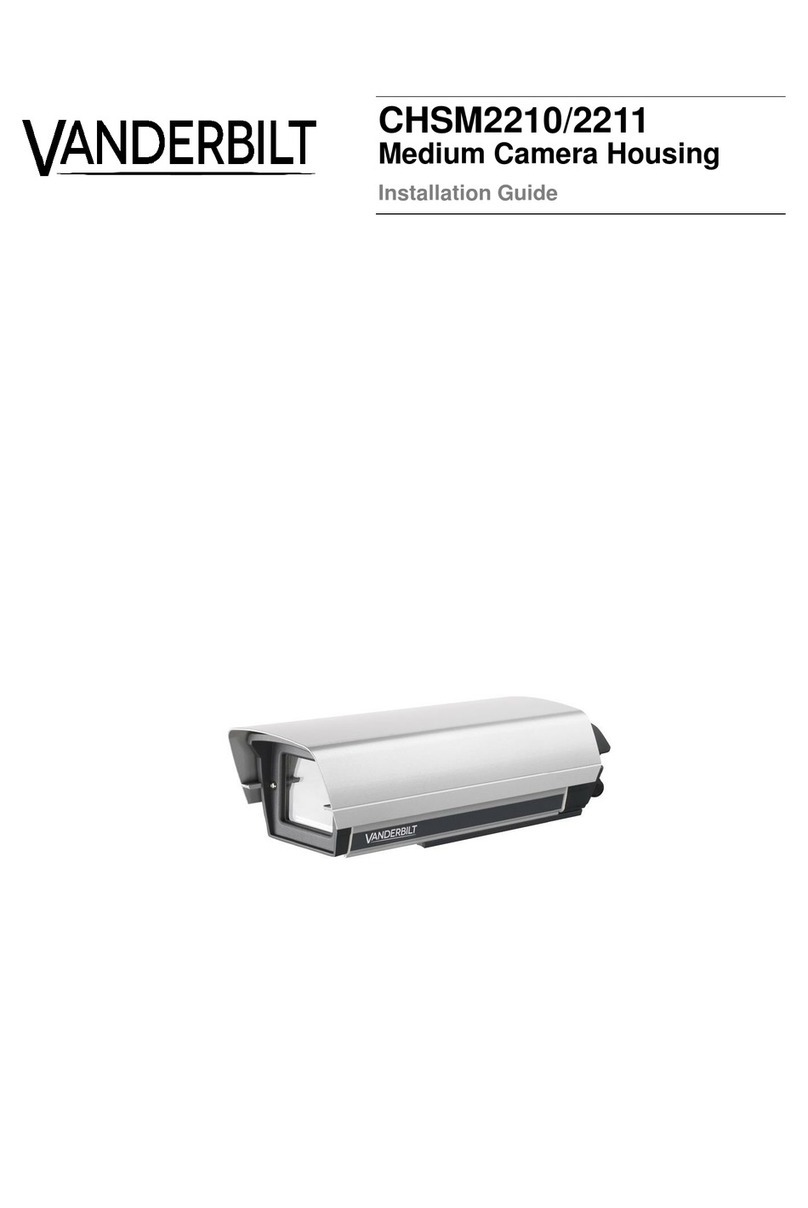
Contents
1Safety .......................................................................................................5
1.1 Target group..............................................................................................5
1.2 General safety precautions.......................................................................5
1.3 Meaning of the signal words .....................................................................6
1.4 Meaning of the hazard symbols................................................................6
2EU Directives...........................................................................................7
3Technical data .........................................................................................8
3.1 Specifications............................................................................................8
3.2 Mechanical dimensions.............................................................................9
3.3 Key to parts.............................................................................................10
4Package contents..................................................................................11
5Installation .............................................................................................12
5.1 Accessing the inside of the housing enclosure.......................................12
5.2 Fitting the accessories ............................................................................13
5.2.1 Power supply modules............................................................................13
5.2.2 Ceiling mount bracket .............................................................................14
5.3 Fitting the camera and lens.....................................................................15
5.4 Mounting the camera housing assembly ................................................16
5.5 Connecting to the power supply..............................................................18
5.6 Adjusting the sunshield...........................................................................19
6Maintenance and service .....................................................................20
7Disposal .................................................................................................20




























